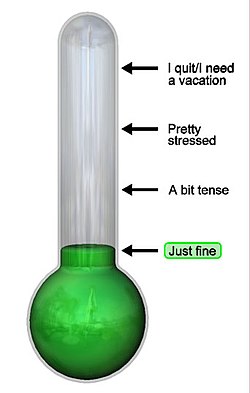User:MattTM
| Wikipedia:Babel | ||||
|---|---|---|---|---|
| ||||
| Search user languages |

My name is Matt. I have been a registered Wikipedia user since July 23rd, 2004. If you have anything you'd like to tell me, please head over to my talk page.
Contributions
[edit]Ali G, Bill Maher, Borat, Bruno, Da Ali G Show, G4techTV, Mutable Realms, Phil Keoghan, Ronn Owens, Sacha Baron Cohen, The Amazing Race, The Amazing Race 1, The Amazing Race 2, The Amazing Race 3, The Amazing Race 4, The Amazing Race 5, The Amazing Race 6, The Apprentice, The Apprentice 1, The Apprentice 2, The Apprentice 2 Candidates, Wish
Image:Random Acts of Kindness Barnstar.png, Image:TheAmazingRace-yield.png
Tasks
[edit]You can help improve the articles listed below! This list updates frequently, so check back here for more tasks to try. (See Wikipedia:Maintenance or the Task Center for further information.)
Help counter systemic bias by creating new articles on important women.
Help improve popular pages, especially those of low quality.
All New: 5 10 15 20 25 30 35 40 Orphaned: 500 1001 1501

